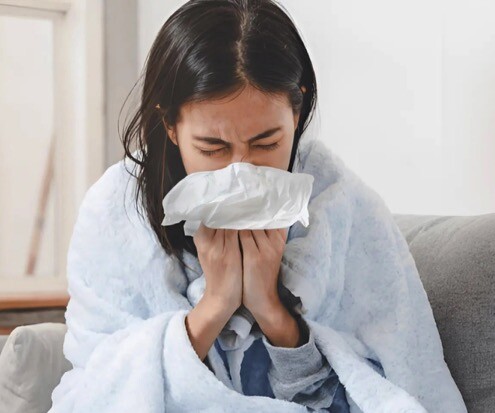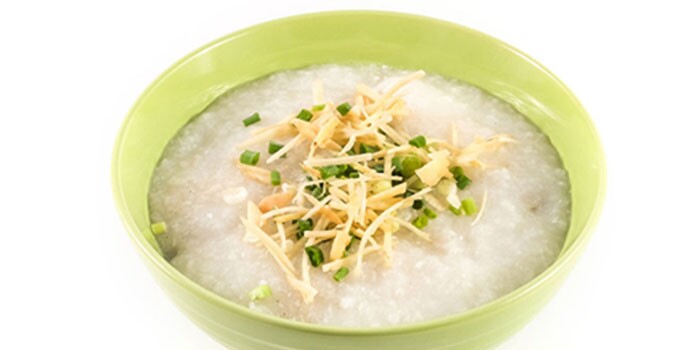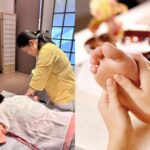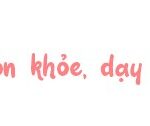Colds and flu are common ailments that can affect people of all ages, with symptoms such as coughing, fear of wind and cold, headaches, congestion, runny nose, rapid pulse, mild fever, lack of sweating, body aches, and a thin white coating on the tongue. Many people tend to self-medicate when experiencing these symptoms, but Dr. Vu advises against this as it can be harmful to one’s health.

Cold weather increases the risk of catching a cold or flu, so it’s important to take precautions to protect your health. Photo illustration.
According to Dr. Vu, taking medication without a doctor’s prescription can be dangerous. In cases of a cold or flu, there are alternative treatment methods that do not involve medication. Dr. Huynh Tan Vu recommends the following three methods to treat a cold or flu without resorting to drugs:
Massage and acupressure
– Neck and shoulder massage: The person receiving the massage should lie on their stomach, while the masseuse stands behind or beside them.
– Techniques:
+ Shoulder rub: Place your hands on the neck and slide them up to the shoulders, using talcum powder or oil for lubrication if needed.
+ Gliding: Use your fingertips to glide from the shoulder up to the neck and along the sides of the spine.
+ Muscle kneading: Knead the trapezius, deltoid, sternocleidomastoid, and spinal muscles with your hands.
+ Muscle wringing: Use both hands to lift and wring the larger muscles such as the trapezius, deltoid, and sternocleidomastoid.

Massage and acupressure are effective methods to relieve cold and flu symptoms and have been used for a long time. Photo illustration.
+ Muscle pressing: Use the base of your palms to gently press and rub the muscles on the shoulders.
+ Point pressing: Find and press the most painful points, paying attention to the appropriate pressure and duration.
+ Neck exercises: Perform various movements such as rotating, tilting, and extending the neck.
+ Shoulder massage: Massage the Fengchi acupoint, neck, shoulders, and upper back.
+ Muscle friction: Use your thumbs and little fingers to create friction on the muscles from the shoulders to the neck and vice versa.
+ Muscle vibration: Place your hands on the neck and vibrate at a high frequency from the neck to the shoulders on both sides.
After massaging the neck and shoulders, apply warm oil and rub it horizontally on the neck and nape until the skin turns pink and feels warm. Then, rub the oil along the spine and on both sides of the spine, making 20 passes on each side until the skin is pink and warm. Keep the person warm and continue massaging the head.
Additionally, you can massage the head, pressing on the temples, Baihui (top of the head), and Fengchi (back of the neck) acupoints. Using a warm herbal compress on the forehead, temples, and neck can also help alleviate uncomfortable symptoms such as headaches, runny nose, and neck pain, promoting a sense of relaxation and better sleep.
Steam inhalation
Dr. Huynh Tan Vu mentions that Vietnam has an abundance of medicinal herbs that are excellent for steam inhalation, including peppermint, Vietnamese balm, perilla, lemon leaves, grapefruit leaves, bamboo leaves, lemongrass, and cúc tần. The process is simple: gather a handful of each herb, wash them, and add enough water to cover the herbs by about 2 cm. Boil the mixture for 1 to 3 minutes, then remove it from the heat.

Steam inhalation is beneficial for relieving cold and flu symptoms and improving respiratory health during cold weather. Photo illustration.
The person inhaling the steam should cover themselves with a blanket and sit with the pot of herbs nearby, lifting the lid slightly to release the herbal steam gradually. Occasionally, stir the mixture with chopsticks to release more steam. Inhale the steam for about 10 to 15 minutes. The essential oils from the herbs help kill respiratory bacteria, reduce congestion, promote sweating, and provide a sense of relief.
After steaming, dry off and keep warm. Ensure that the room is well-ventilated and free from drafts. For best results, follow the steam inhalation with a bowl of warm congee infused with herbs to further enhance the therapeutic effect.
Herbal congee
Finally, to expel the wind and relieve cold symptoms, Dr. Tan Vu suggests preparing a herbal congee. Use 20g of spring onions (including the roots), 10g of fresh ginger, and 50g of glutinous rice. Chop the spring onions finely, and slice or crush the ginger. When the congee is cooked, add the spring onions and ginger while it is still boiling. Eat the congee hot, covering yourself with a blanket to induce sweating. The spring onions and ginger help induce sweating and dispel the wind, while the warm congee nourishes the body.

Congee with spring onions and ginger is an effective remedy for colds and flu, helping to dispel wind and relieve symptoms. Photo illustration.
Dr. Vu emphasizes that these methods are suitable for mild cases of colds and flu. It is important to rest and maintain a nutritious diet during this time. If symptoms persist or worsen, seek medical attention from a healthcare professional for appropriate medication.
Massage or Thread-lifting: Which is the Better Weight Loss Option This Winter?
As winter approaches, the drop in temperature leads to reduced physical activity and a slower metabolism. Traditional Chinese Medicine offers a plethora of health and weight loss support methods, with massage therapy and acupressure being two popular choices. But which therapy should you opt for to achieve optimal results?



































